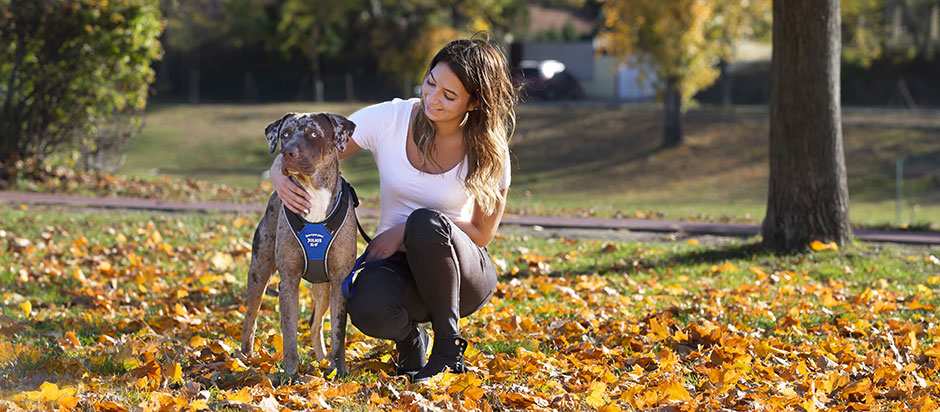The elastic element has a length and strength designed as a function of the size of the forces expected to act on the chest strap, in order to ensure the long-term usability of the elastic element and to reduce the adverse effects of the periodic micro-tuggings and sudden pullings acting both on the dog and the person holding the leash while walking the dog on a leash.
When the dog is lead on a leash, the steps, the movement of the shoulders of the dog and the periodic movement of the person holding the leash result in micro-tuggings, which put a load on the joints and can make the healing of injuries difficult. These effects are collectively called HAVS, that is: Hand-Arm Vibration Syndrome. The elastic chest strap is designed for eliminating the adverse effects of the micro-tuggings generated when leading the dog on a leash, while following every move of the dog and the leash.
Diseases associated with vibration-tugging load on the human hand and arm, such as the Raynaud’s Syndrome, the Carpal Tunnel Syndrome, and diseases involving the inflammation of the tendons have provided a basis for examining how similar loads act on the body of the dog and the human holding the leash while leading the dog on a leash, and how these loads could be reduced by a dog harness equipped with an elastic chest strap of sized stretching. Research and development can result in unexpected effects in terms of the location, length and fixing of the elastic elements. In the prior art there has been no research into the forces acting during the street use of dog harnesses and into the reduction of the peak forces.
The aim of this development, that is the elastic dog harness, is to eliminate the above disadvantages, and, in addition to providing maximum comfort for the dog, to reduce the load resulting from tuggings, pullings having an adverse effect on the health of the human holding the leash.




